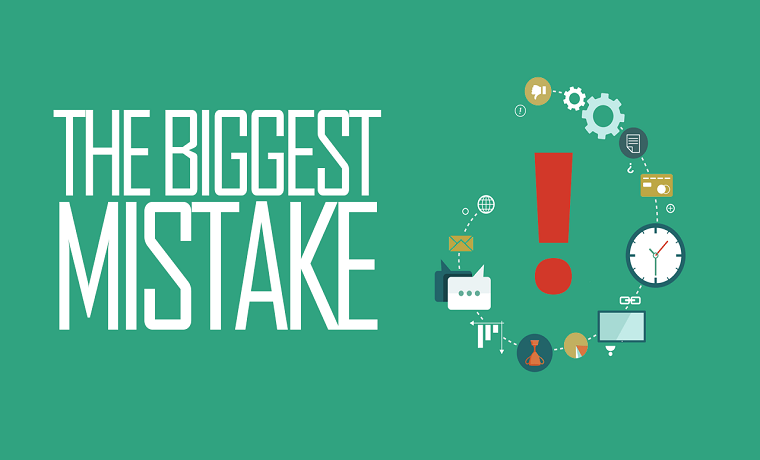Now, while having a glance at any of the top apps in any of the app store might be Google Play Store or in Apple App Store, one common feature that will instantly catch your eyes: is the captivating design with embedded iterative elements. As soon as you go through the reviews of the top apps, you will know how much the user experience (UX) matter in the app ranking.
Earlier though UX was never been a priority for enterprises; however, the scenario has changed now. Excellent mobility solutions have become a necessity instead of an afterthought. Right now, a mobile worker works 240 hours more than an average employee every year. As per reports, 60% of employees are using mobile apps to support work-related activities. In fact, it is predicted by Gartner that by 2020, 75% of enterprises are going to have at least one internal mobile app, up from 33% in 2015.
As consumer apps continue to set exceptional benchmarks in UX, enterprises apps are continuously striving to meet with the ongoing market pace. After all, employees are nowadays using the business oriented mobile apps for making the work ecosystem flawless and seamless. In case, the app appears to be drab and tedious, takes too long to navigate, and feels like a third foot rather than a helping hand, it is certain to fail.
So, here let’s move forward and have a look at the most common UX mistakes that are often made by enterprise app developers:
They design for buyer instead of user
Proper research of the target audience is the key to ensure success. Most number of enterprise app developers believes that their job is to follow the instructions of the buyer, that is the technical people out there and get the app developed in accordance with their own expectations. However, this is where the things go awry as it’s a wrong approach; the buyer, in this case, is not the end user.
Your technical department will just let you know about the product they desire, whereas to design an effective UX you need a sound understanding regarding the expectations of the end user.
There are users, in a particular industry or workplace, who are comfortable with certain behaviours and patterns. Like the way they prefer navigating the existing enterprise software, jargon used by them at work, and their current tech dependence are some of the factors that must be considered before starting off with the development process.
Therefore, a comprehensive user research should be conducted with the help of interviews, surveys, and observations.
Too little innovation, or too much
In some enterprise apps, it is noticed that developers didn’t bother to put any effort into improving the UX. Employees are a captive audience, and they must be provided with the app, that they will love to use. While on the other end, in some of the enterprises, they may require an app that requires frequent redesigning, thus maintaining a balanced innovation is a must, in order to aid your employees to accomplish the task.
Nifty icons and innovative graphics may appear alluring, but it is advised to stick to conventions when it comes to standard practices and symbols in order to avoid any of confusion. Adhering to design guidelines recommended by Apple, Android, and other app stores can make your app remarkably decent. As Apple avers, “Don’t use system-defined buttons and icons to mean something else.”
Ignoring Legacy Software
Knowing your enemy is vital to win a war. Like when a company has decided to get a new enterprise app, it means it has already figured out that the archaic software it had in place, maybe for decades, is not sufficient anymore and must be done away with. However, what developer need to consider are the end users that have been using the software’s for ages and are accustomed to certain basic workflows.
Thus, it would be great to find out which parts of the legacy software the employees like and accordingly outlining the strategies for retaining those workflows in the new enterprise app’s UX. Here, you must intend to transform the experience for better, while maintaining the level of comfort. Going by the above approach, can reduce the training time and facilitates the phenomenon of quicker transactions, thus cutting down the overall app development cost.
Not adapting across devices
As the Legacy enterprise software was designed, they had it in mind that it would be used on desktop computers. Meanwhile, mobile apps are used on Smartphone’s and tablets, whose screens vary from 4 inches to 10 inches. Just a zoom-to-fit app interface won’t make it apt for a technology-frenzy generation that are using more than one device a day. Thus, it is vital for enterprise apps that it seamlessly adapts to all kinds of devices and screens.
No collaboration at the UX design stage
Collaborating with various enterprise app developers who masters the particular genres is vital. Thus, instead of taking the views of only a single department, you can opt for taking the views of all the sections that exists there in your organization. A mobile app development limited to a particular section, can liquidate your efforts to a great extent. Hence, collaborating all the related features into the app design can make your app a big hit in your very own organisation.
In the arena of industrialization and digitization it is vital to learn from the shortcomings, that one has incurred. Acute knowledge about the areas where your enterprise apps are lacking behind and make the necessary provisions for fixing them. Adopting the above strategy, can help you to develop more embellished and polished enterprise apps that are user-focused and business-driven.

